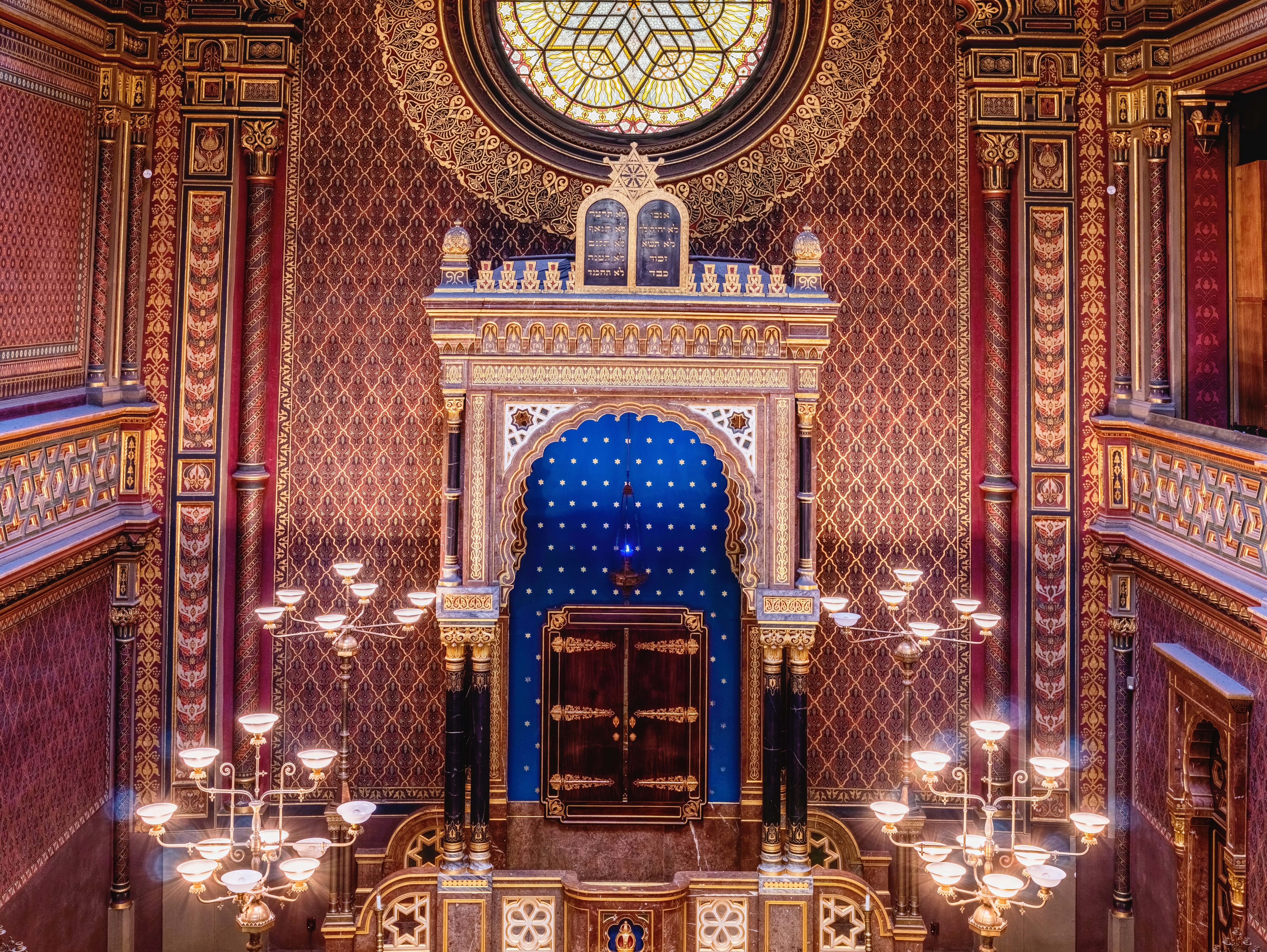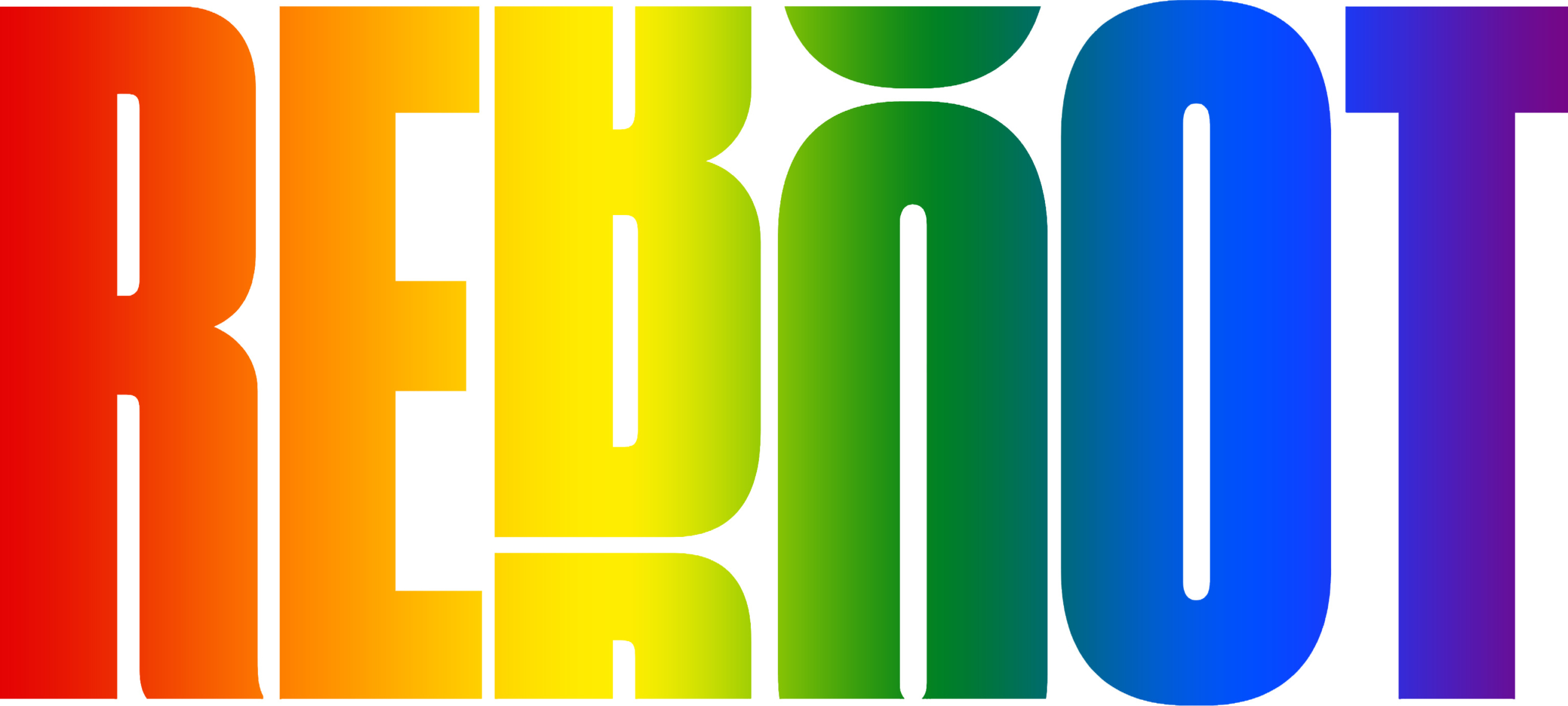
The word bema refers to the raised part of a podium or an elevated platform typically in a synagogue. It is also used as the altar part or sanctuary in Orthodox churches, as well as the platform where public speakers addressed the citizens and courts of law in ancient Athens.
Among Sephardim Jews, the bema is known as the “box case” or “tevah” in Hebrew and the tower of wood or “midgal-etz” in Hebrew. Ashkenazic Jews will read Torah and Prophets from the bema on Shabbat and holidays, however, Sephardic Jews will conduct the entire service from the bema. In modern times, the bema is made from wood, however, in ancient times it was made from stone. The bema is also typically elevated by two or three steps similar to the bema in Temple times. Dimensions of the bema can be found on Wikipedia here.
One of the purposes of the bema is to showcase how important the reader is in that moment in time, as well as to make it easier to hear the Torah and Prophets being read. Today, the bema is found at the front of the synagogue and typically where the Rabbi, Cantor, and congregants stand to lead various parts of the service. In Sephardic synagogues, the bema is oftentimes in the center of the synagogue. Before Reform Judaism was established, all synagogues had their bema in the center of their sanctuary.
For 20 years, Reboot has been gathering, catalyzing, and giving the bema to some of the best and brightest change-agents for off-the-record conversations about Jewish identity and meaning, and has seen first-hand the power of imagination and uncensored dialogue to translate and transform the big issues of our time. Reboot Ideas has been the bema that has showcased and amplified these conversations and ideas.
